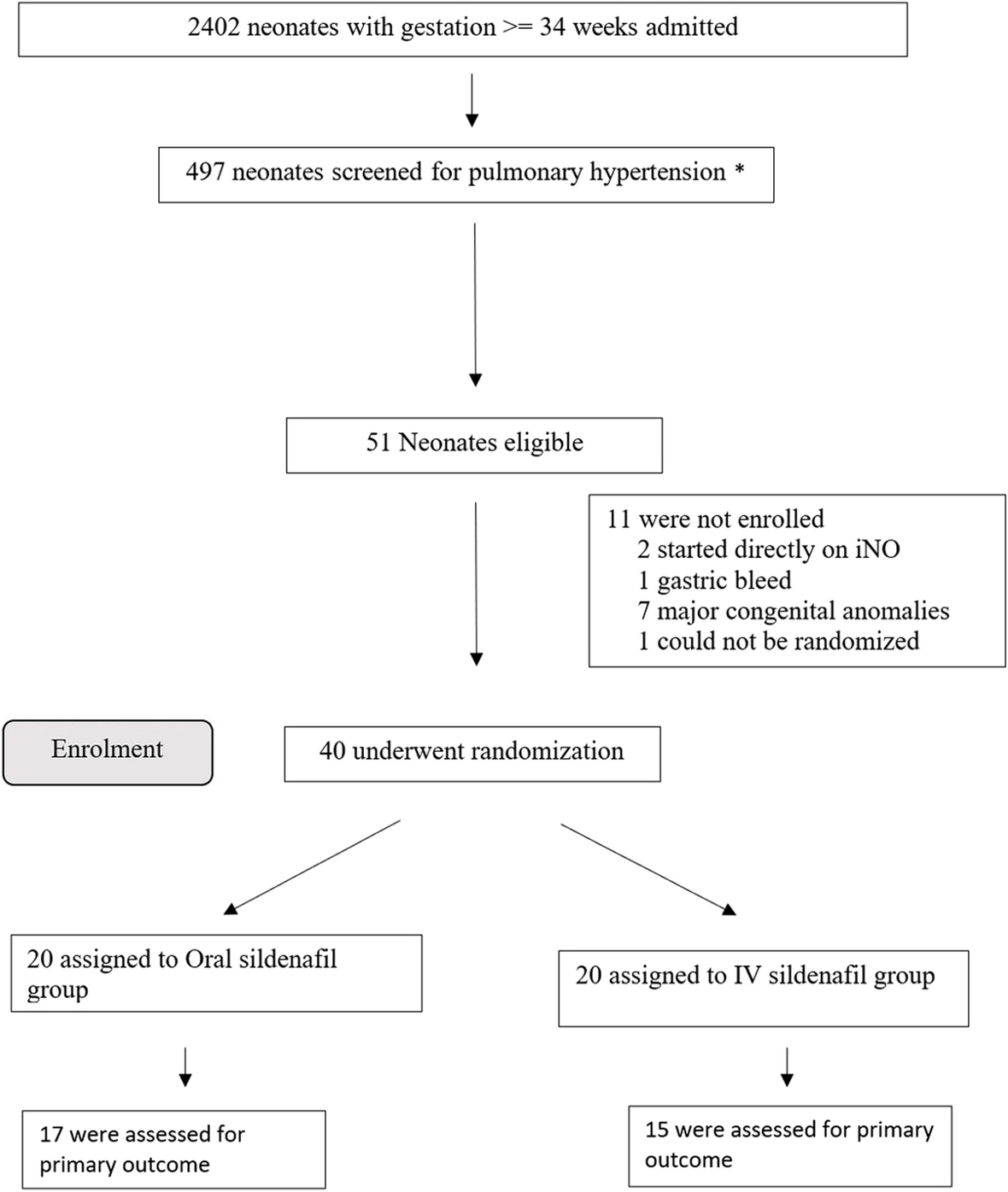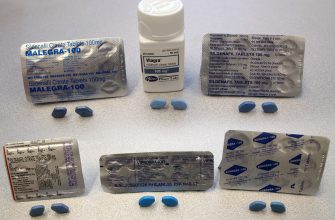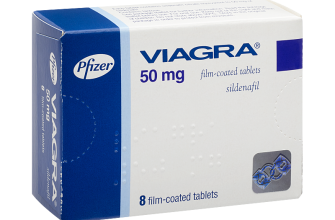Sildenafil, the active ingredient in Viagra, is used to treat pulmonary hypertension (PH) at doses significantly different from those prescribed for erectile dysfunction. Typical starting doses for PH range from 20mg to 80mg three times daily, depending on individual patient response and tolerability. Your doctor will carefully monitor your progress and adjust your dosage as needed.
Careful titration is key. Beginning with a low dose allows for gradual increase, minimizing potential side effects such as headache, flushing, and visual disturbances. These side effects are generally mild and transient but warrant monitoring. Always inform your physician about any new or worsening symptoms.
Remember: Self-adjusting your dosage is dangerous. Follow your doctor’s instructions precisely. Regular check-ups and blood pressure monitoring are necessary to ensure the treatment’s safety and effectiveness. Your doctor will conduct regular assessments to gauge your response to sildenafil and optimize your treatment plan. Specific dosage adjustments depend on individual physiological factors and clinical response. Always consult your healthcare provider for personalized guidance.
- Viagra Dose in Pulmonary Hypertension
- Understanding Sildenafil’s Role in Pulmonary Hypertension
- Typical Starting Dose and Titration for Pulmonary Hypertension
- Dose Adjustment
- Important Considerations
- Adjusting Dosage Based on Individual Patient Factors
- Potential Side Effects and Monitoring During Treatment
- Visual and Auditory Changes
- Blood Pressure and Cardiac Monitoring
- Liver and Kidney Function
- Drug Interactions
- Precautions and Contraindications for Sildenafil in Pulmonary Hypertension
- Monitoring Blood Pressure and Liver Function
- Specific Contraindications
- Potential Side Effects and Management
- Dosage Adjustments for Specific Patient Populations
Viagra Dose in Pulmonary Hypertension
Sildenafil, the active ingredient in Viagra, is used to treat pulmonary arterial hypertension (PAH) under the brand name Revatio. It’s crucial to understand that the dosage differs significantly from its use for erectile dysfunction.
The usual starting dose for PAH is 20 mg three times daily. Your doctor will carefully monitor your response and may adjust the dose based on your individual needs and tolerance.
- Dose Adjustment: The maximum recommended dose is 80 mg three times a day. However, increases should be gradual and under close medical supervision.
- Titration: Your doctor will likely titrate your dose, meaning they’ll gradually increase it over time to find the most effective and well-tolerated dose for you.
- Individualized Treatment: Remember, these are general guidelines. Your specific dosage will be determined by your doctor after considering your health status, other medications you are taking, and your response to the treatment.
Common side effects include headache, flushing, and nasal congestion. Report any concerning side effects to your physician immediately.
Always follow your doctor’s instructions precisely. Never change your dosage without consulting your physician.
- Regular Monitoring: Regular check-ups are necessary to monitor your blood pressure, heart function, and overall response to the medication.
- Medication Interactions: Inform your doctor about all medications you are currently taking, including over-the-counter drugs and supplements, as interactions can occur.
- Missed Dose: If you miss a dose, take it as soon as you remember, unless it’s almost time for your next dose. Do not double the dose.
This information is for educational purposes only and should not be considered medical advice. Always consult your doctor or healthcare provider for personalized guidance regarding your treatment for pulmonary hypertension.
Understanding Sildenafil’s Role in Pulmonary Hypertension
Sildenafil, better known as Viagra, acts by inhibiting phosphodiesterase-5 (PDE5), an enzyme that breaks down cyclic guanosine monophosphate (cGMP). Higher cGMP levels relax blood vessels, improving blood flow.
In pulmonary hypertension, this mechanism is crucial. Sildenafil reduces pulmonary vascular resistance, lowering blood pressure in the lungs. This improves exercise capacity and quality of life for many patients.
Dosage for pulmonary hypertension differs from erectile dysfunction treatment. Typically, it starts at 20mg three times daily, adjusted based on individual response and tolerability. Your doctor will carefully monitor your blood pressure and other vital signs.
Common side effects include headaches, flushing, and visual disturbances. Serious side effects are rare but necessitate immediate medical attention. Open communication with your physician about any adverse effects is paramount.
Sildenafil is not suitable for everyone with pulmonary hypertension. Pre-existing heart conditions, severe liver or kidney impairment, or concurrent use of certain medications may contraindicate its use. Your healthcare provider will determine the appropriateness of sildenafil based on your specific medical history and current health status.
Regular monitoring is necessary while on sildenafil for pulmonary hypertension. This includes blood pressure checks and assessments of your overall condition to ensure the treatment remains effective and safe. Always follow your doctor’s instructions carefully.
Typical Starting Dose and Titration for Pulmonary Hypertension
The typical starting dose of sildenafil for pulmonary hypertension is 20 mg three times daily. This dose is carefully chosen based on extensive research and clinical trials. Your doctor will monitor your response closely.
Dose Adjustment
Dose adjustments depend on individual patient responses and tolerability. If 20 mg three times daily is well-tolerated but the desired therapeutic effect isn’t achieved, your physician may increase the dose to a maximum of 80 mg three times daily. However, increases should be gradual, typically by 20 mg increments every few weeks. Close monitoring of blood pressure and side effects is crucial at each dose increase. If side effects are problematic, the dose may be reduced.
Important Considerations
Regular follow-up appointments with your doctor are vital for blood pressure monitoring and assessment of your overall response to treatment. Be sure to report any side effects promptly. Remember that individual responses vary, and a personalized approach to dose adjustment is essential for optimal treatment and minimal side effects. This information is for educational purposes only and should not substitute advice from your healthcare provider.
Adjusting Dosage Based on Individual Patient Factors
Start with the lowest effective dose, typically 25 mg once daily. This minimizes potential side effects.
Monitor blood pressure and heart rate regularly. Significant drops necessitate dose reduction or discontinuation.
Consider hepatic and renal function. Reduced liver or kidney function may require lower doses due to slower drug metabolism and excretion. Consult dosing guidelines specific to these conditions.
Assess concomitant medications. Interactions with other drugs can impact Viagra’s efficacy and safety. Review potential drug interactions before initiating therapy.
Patient age plays a role. Older adults may require a lower starting dose due to age-related physiological changes.
Individual response varies significantly. Dosage adjustments should be guided by clinical response, tolerability, and the patient’s specific needs. Regular monitoring allows for individualized titration to optimal efficacy and safety.
Always discuss potential side effects and adjustments with your physician. This ensures safe and appropriate use.
Potential Side Effects and Monitoring During Treatment
Sildenafil, used for pulmonary hypertension, can cause headaches, flushing, and nasal congestion. These are usually mild and transient. More serious, though rare, side effects include visual disturbances (blurred vision, changes in color perception), hearing loss, and heart problems (irregular heartbeat, chest pain). Report any such symptoms immediately to your doctor.
Visual and Auditory Changes
Regular eye exams are recommended during treatment, particularly if you experience any visual changes. Similarly, monitor your hearing and report any sudden hearing loss or tinnitus to your physician without delay. These are infrequent but necessitate prompt medical attention.
Blood Pressure and Cardiac Monitoring
Your blood pressure should be monitored regularly throughout treatment. While sildenafil can lower blood pressure, the impact varies depending on the individual. If you experience dizziness or fainting, seek medical advice at once. A cardiac evaluation may be advised before initiating treatment, especially if you have pre-existing heart conditions.
Liver and Kidney Function
Sildenafil is primarily metabolized by the liver, therefore regular liver function tests are recommended. Kidney function should also be monitored, particularly in patients with pre-existing renal impairment, as sildenafil is excreted by the kidneys. Your doctor will determine the appropriate monitoring frequency based on your individual health status.
Drug Interactions
Inform your physician about all medications you are taking, including over-the-counter drugs and supplements. Certain medications can interact with sildenafil, potentially increasing the risk of side effects. Your doctor can help manage potential drug interactions to ensure your safety.
Precautions and Contraindications for Sildenafil in Pulmonary Hypertension
Always inform your doctor about all medications you take, including herbal remedies, before starting sildenafil for pulmonary hypertension. This includes nitrates, as their combination can cause a dangerous drop in blood pressure.
Monitoring Blood Pressure and Liver Function
Regular blood pressure monitoring is crucial. Sildenafil can lower blood pressure, and frequent checks help ensure the medication is well-tolerated. Your doctor will also monitor your liver function, as liver problems can affect how your body processes sildenafil.
Specific Contraindications
Avoid sildenafil if you have severe heart problems, uncontrolled high blood pressure, recent stroke or heart attack, or a known allergy to sildenafil or similar medications. Patients with retinitis pigmentosa should exercise caution, as vision problems are a potential side effect. Severe kidney problems also warrant careful consideration before starting sildenafil treatment.
Potential Side Effects and Management
Common side effects include headaches, flushing, and nasal congestion. More serious side effects, though less frequent, can include vision changes and sudden hearing loss. Report any unusual symptoms to your physician immediately. Your doctor may adjust the dosage or recommend alternative treatment if needed.
Dosage Adjustments for Specific Patient Populations
Elderly patients and those with impaired liver or kidney function may require dosage adjustments to minimize risks. Your doctor will personalize your treatment based on your individual health profile. Pregnancy and breastfeeding require specific considerations, and your doctor will advise you accordingly.










